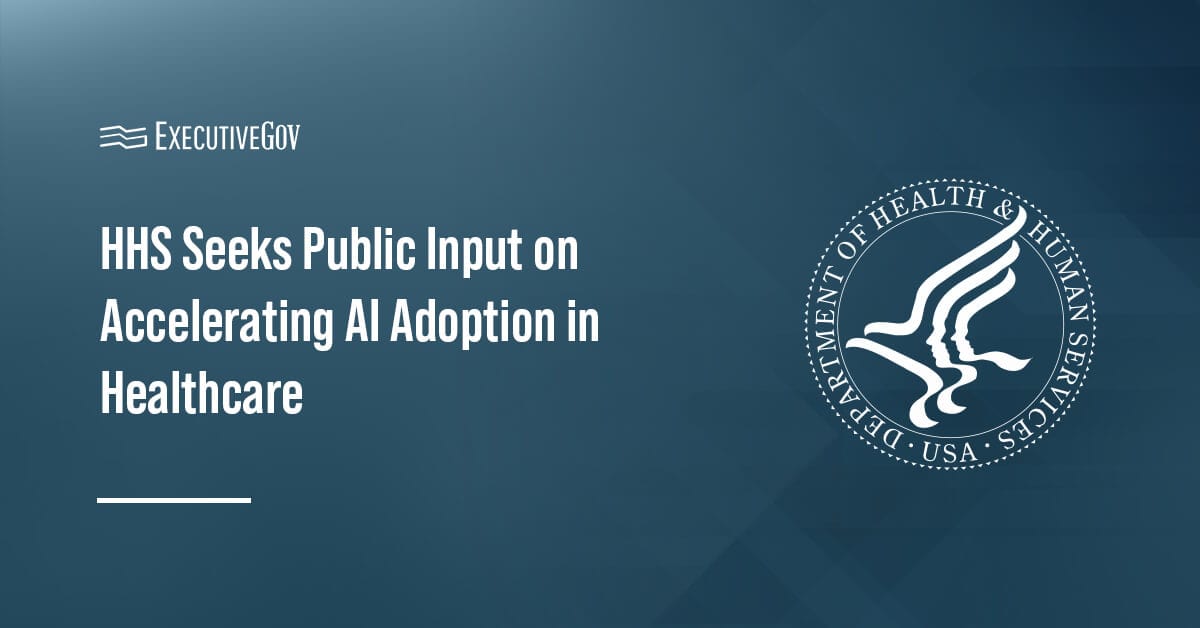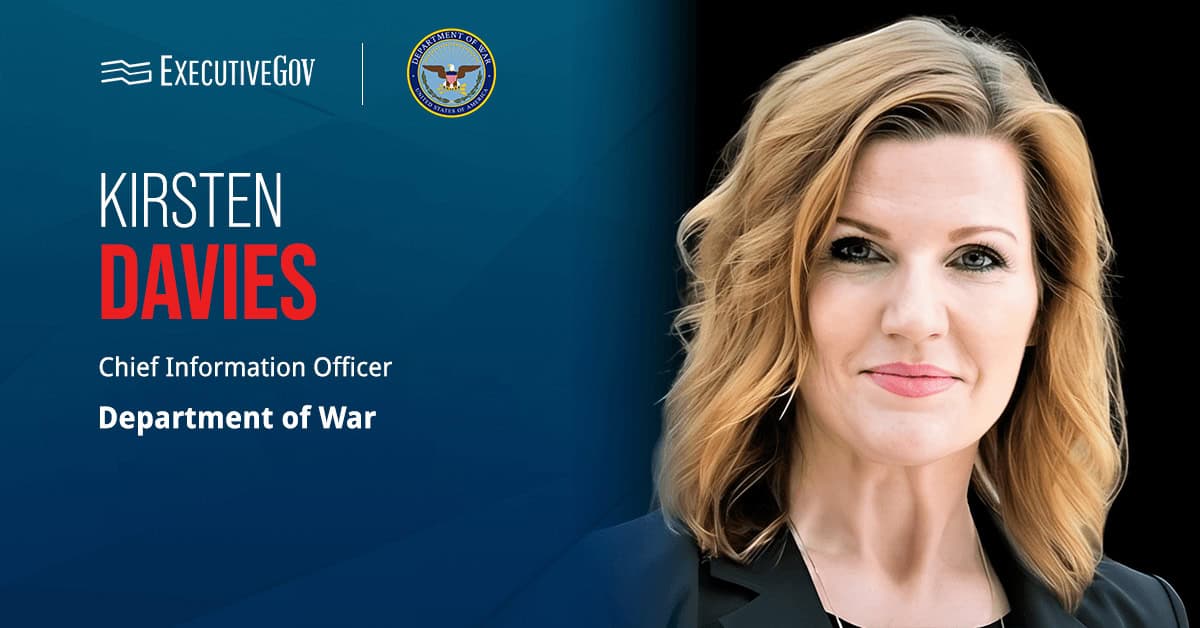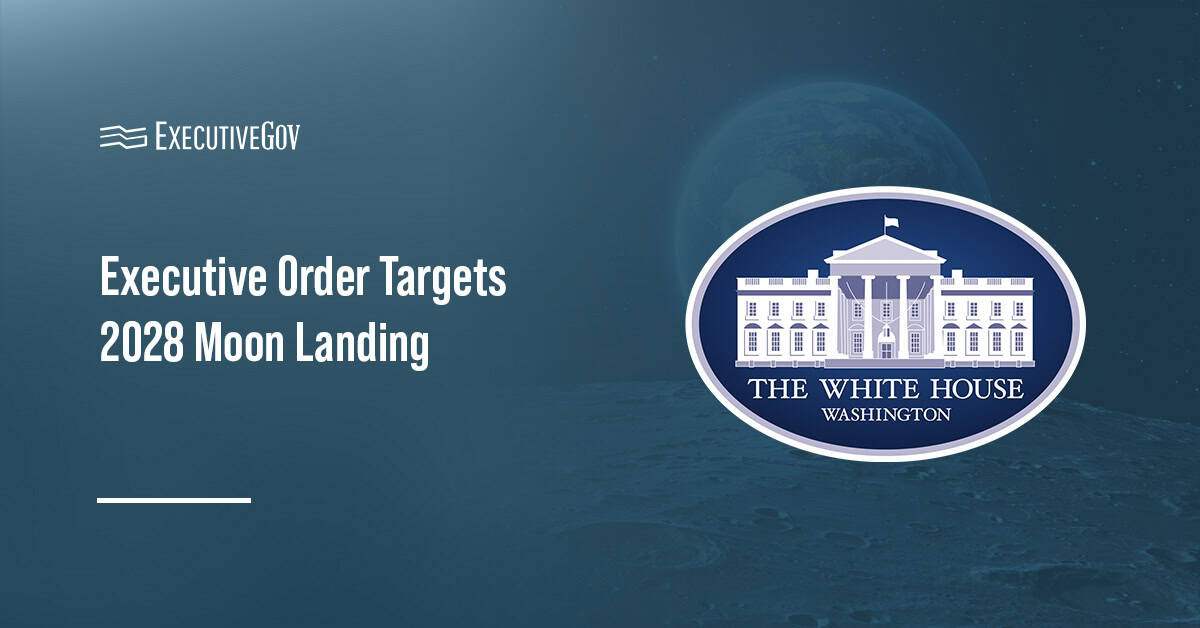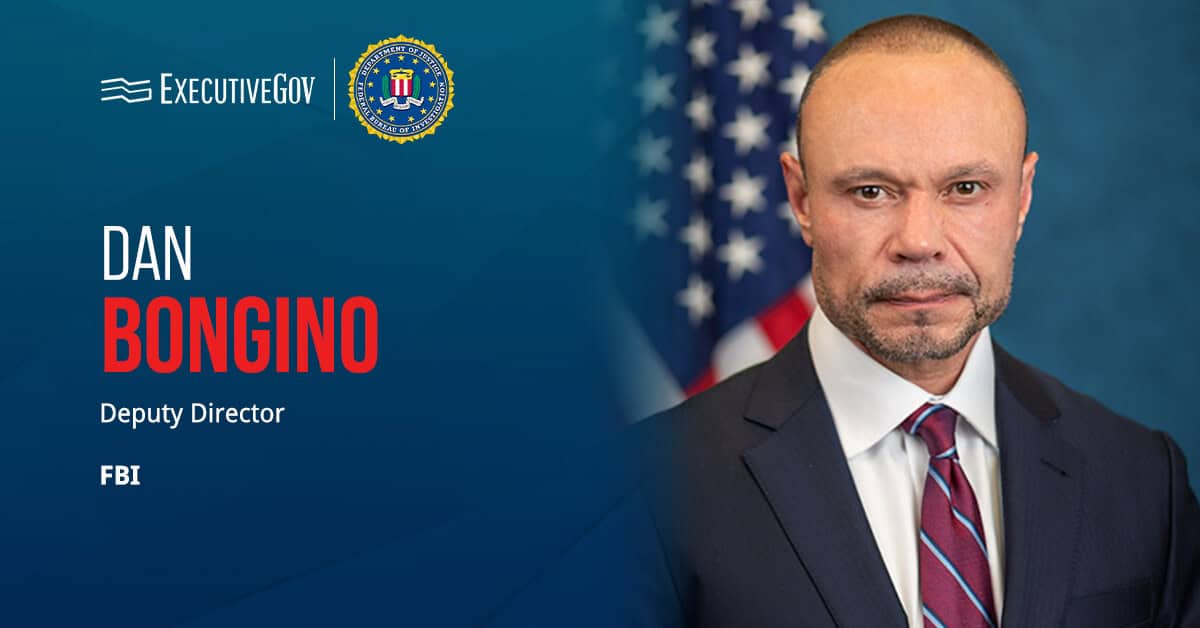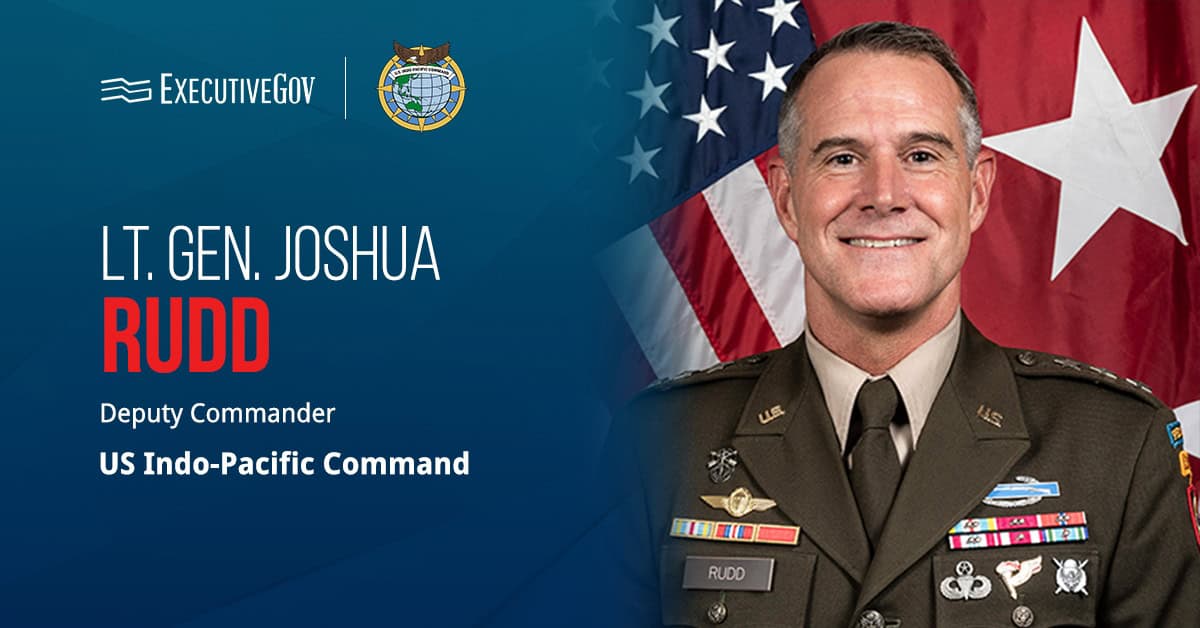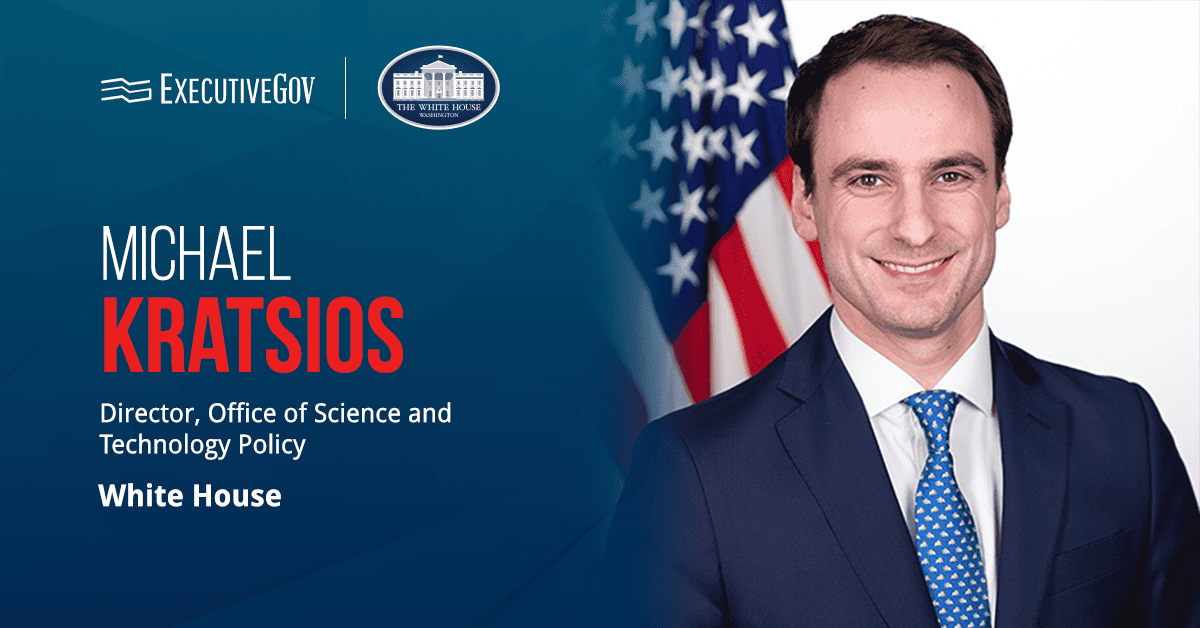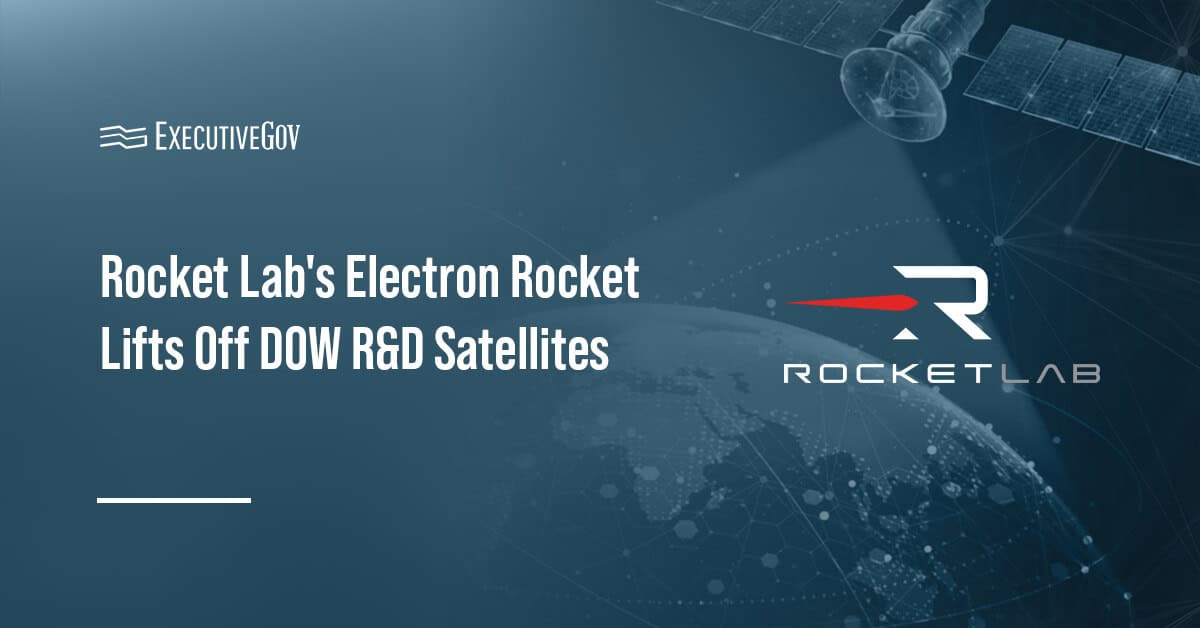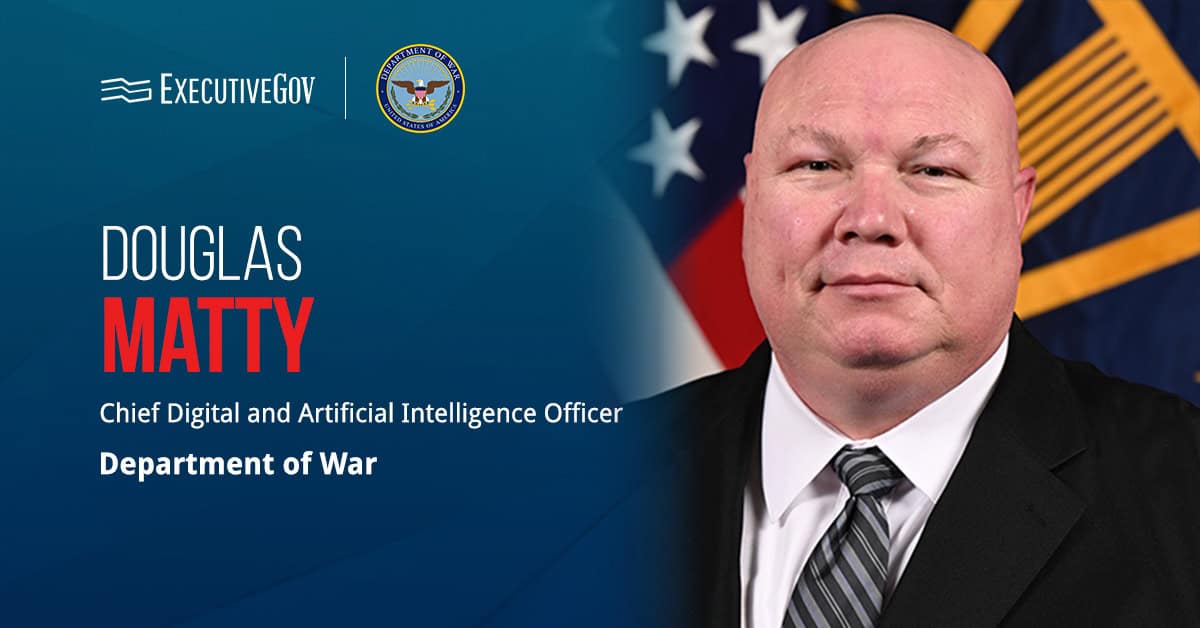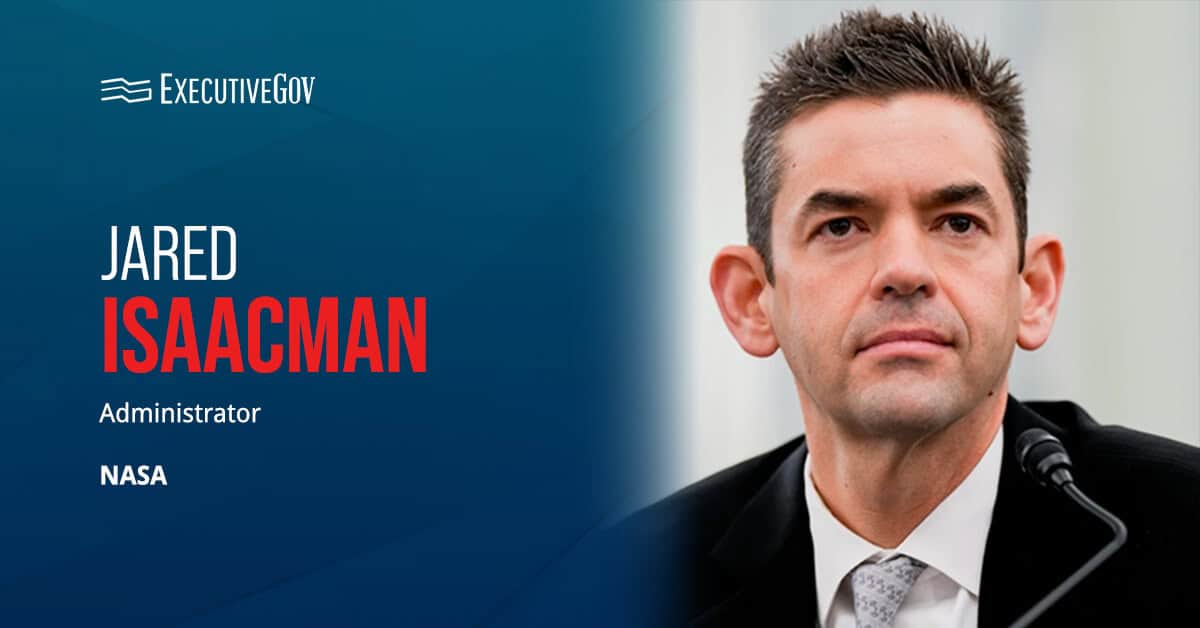The U.S. Air Force has begun a new modernization phase for the X-62 VISTA test aircraft, expanding its role as a flight test platform for autonomy, artificial intelligence and mission-system integration.

AI is now embedded in how government and defense organizations operate, moving rapidly from experimentation to mission use. The 2026 Artificial Intelligence Summit on March 19 will bring together federal, defense and industry practitioners to discuss how AI, machine learning and automation are being applied today; where adoption is heading next; and what practical challenges remain. Register now.
The effort is being executed with funding from the Test Resource Management Center and implemented through the 412th Test Wing’s Test Pilot School at Edwards Air Force Base, the USAF said Thursday. The work is designed to enhance the aircraft as a test infrastructure.
Table of Contents
What Is Being Upgraded on the X-62 VISTA?
Rather than conducting operations, the platform serves as a developmental sandbox supporting integration, interoperability and resilience testing.
The mission systems upgrade focuses on enabling more complex test scenarios by integrating advanced sensors, mission systems and autonomy-enabling technologies. According to the Air Force, the improvements will enable the aircraft to assess how AI systems integrate with combat-relevant mission hardware and collaborate with airborne agents in real time.
The upgrade builds on capabilities demonstrated during the Defense Advanced Research Projects Agency’s Air Combat Evolution program. The X-62 complements other USAF autonomy initiatives, including the Viper Experimentation and Next-Generation Operations Model program.
Raytheon Radar Integration
VISTA is a modified F-16D Block 30 test aircraft that has been upgraded with Block 40 avionics, serving as a hybrid test bed integrated with machine learning and specialized software.
As part of the upgrade effort, RTX’s Raytheon was awarded a contract to equip the X-62 with its PhantomStrike radar, a compact, air-cooled fire-control radar designed for smaller size, weight and power requirements.
PhantomStrike supports digital beamforming, multimodal operations and simultaneous air and ground targeting.



